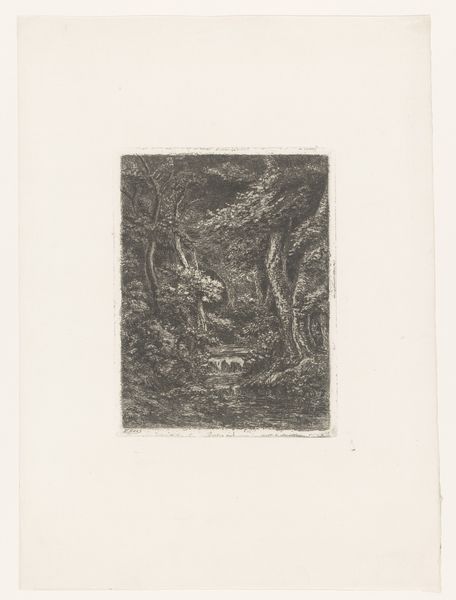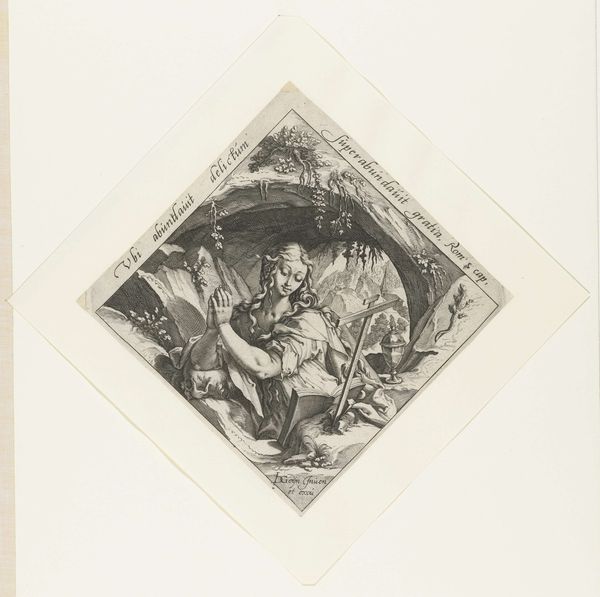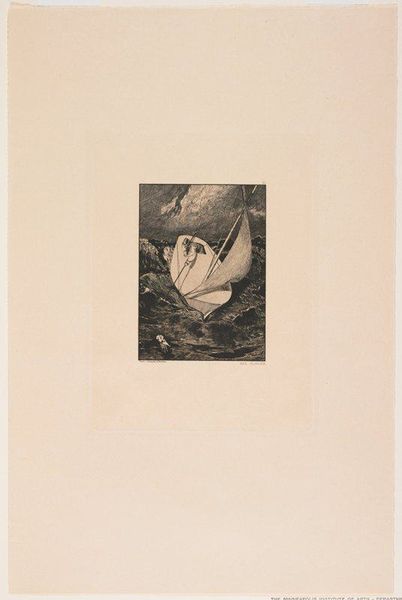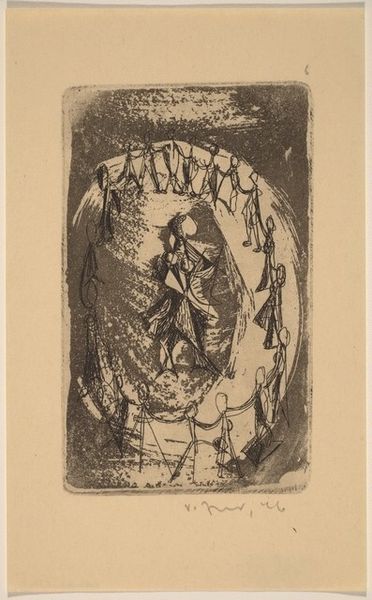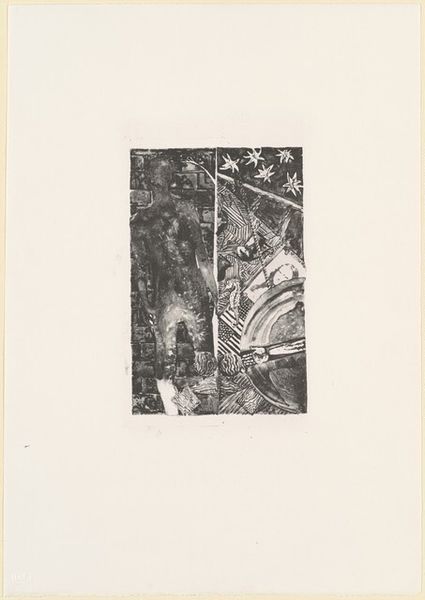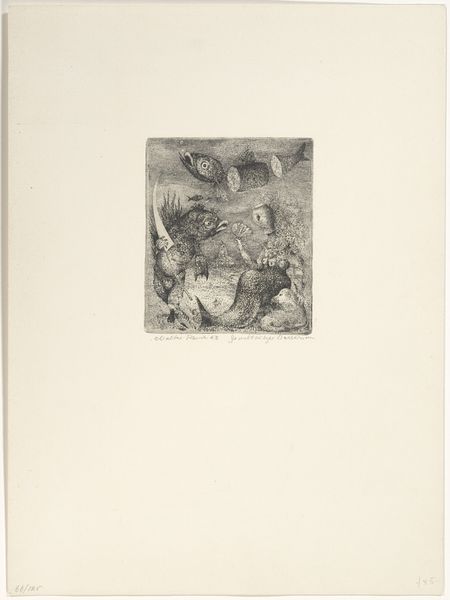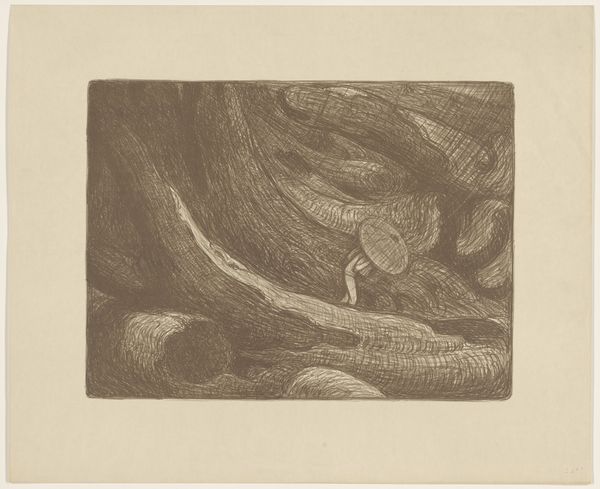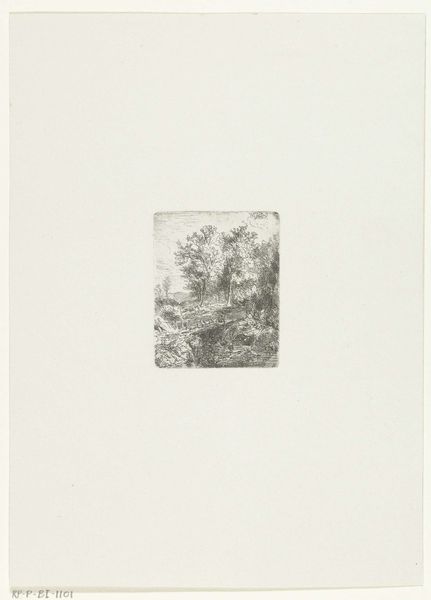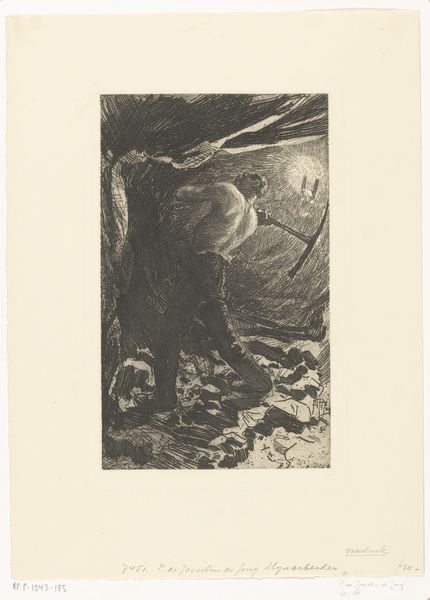
print, woodcut
#
narrative-art
# print
#
figuration
#
woodcut
#
mexican-muralism
Copyright: National Gallery of Art: CC0 1.0
Editor: This is Leopoldo Méndez's "The Thunderbolt," a woodcut print from 1943. It feels very dramatic—almost theatrical with the stark contrast and intense action. What do you see in this piece? Curator: I see a powerful visual narrative deeply rooted in Mexican muralism's social and political commitments. Méndez, working within the Taller de Gráfica Popular, used art as a weapon. The scene isn’t just a natural disaster; it speaks to the raw power and vulnerability of marginalized communities facing oppression. Consider the indigenous figures within the broader context of Mexicanidad, and its complicated relationship to indigenous identity, and to revolution. How does the depiction of nature here challenge or reinforce existing power dynamics? Editor: That's interesting. I was so focused on the visual drama I didn't immediately think about it in terms of social commentary. Are you suggesting the thunderstorm is a metaphor? Curator: Absolutely. Look at how the lightning illuminates the figures; their actions become symbolic. One man raises a tool or weapon – resistance, perhaps? The fallen figure raises questions about the casualties of social upheaval. We can read this within the history of colonialism and class struggle – the 'thunderbolt' being any force that disrupts the established order. Does that perspective shift your understanding of the artwork's emotional impact? Editor: It does! I see now it’s more than just drama; it’s about survival and resistance. I hadn't connected the style to Mexican muralism, but now it seems obvious with its clear message and focus on the people. Curator: Precisely. Méndez’s art serves as a historical document and an activist statement, encouraging us to critically examine societal forces. By acknowledging the diverse perspectives of those historically ignored or suppressed, it is an active call to be more conscious of intersectional historical narratives. Editor: I'll definitely look at art differently now, considering the historical context and its impact on social justice. Thanks for your insights! Curator: And thank you for being willing to expand your viewpoints – art is a conversation, and understanding is always a journey.
Comments
No comments
Be the first to comment and join the conversation on the ultimate creative platform.
